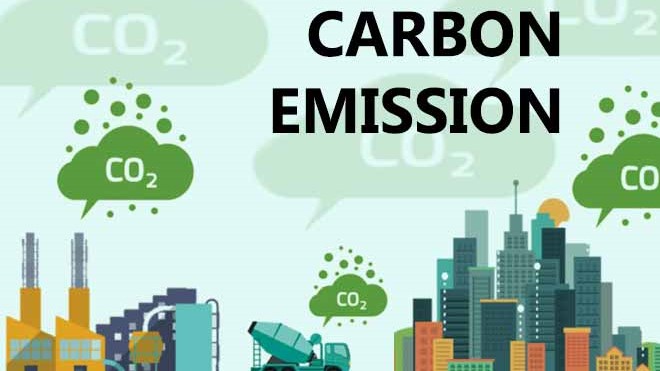China’s Ministry of Ecology and Environment has begun to solicit public opinion on a set of draft rules regulating the trading of voluntary greenhouse gas emissions reduction, as part of efforts to achieve the country’s carbon peaking and neutrality goals.
As the fundamental system to support the operation of a national voluntary emissions reduction trading market, the rules specify basic requirements for such trading and relevant activities as well as the rights and responsibilities of market participants.
The launch of the market will encourage a wider range of industries and enterprises to take part in greenhouse gas emissions reduction, which also comes in response to increasing requirements on carbon emissions in global trade and investment activities, according to the ministry.
China’s national carbon emission trading market is currently only open to thermal power plants. Though it is set to gradually cover other key emitters, there are still many industries like renewable energy and forestry carbon sink that cannot enjoy economic returns for emission reduction via market mechanisms, the ministry said.
After the market launch, all entities can voluntarily develop greenhouse gas reduction projects in accordance with relevant technical standards, and the reduction outcomes of these projects, once quantified and certified via scientific methods, can be traded on the market for corresponding benefits.
China will work to launch a national voluntary greenhouse gas emissions reduction trading market this year, Liu Youbin, spokesperson for the ecology and environment ministry said last week. The China Certified Emissions Reduction will be the market’s trading product.
Tags: Carbon Emission, Emission trading, GHG emission, Renewable Energy



Recent Posts
Report Highlights Pathway for Electrifying Nigeria’s Container Trade Sector
South Korean Company YPP Plans to Invest up to $3.1 Billion in Green Hydrogen Production in Kazakhstan
WattEV Expands Electric Truck Charging Network with Three New Depots in California
Anemoi Develops New Method to Accurately Measure Wind-Assisted Propulsion Benefits
Navigator Holdings and Amon Maritime Form Joint Venture for Ammonia-Fuelled Carrier Fleet
Hygenco Commissions Maharashtra’s First Green Hydrogen and Oxygen Facility to Power STL’s Net Zero Goals
India Invites Second Round of R&D Proposals Under ₹4 Billion Green Hydrogen Mission
BMTC Adds 148 Tata Electric Buses to Bengaluru Fleet, Strengthens Green Mobility Drive